Cultures around the world have been celebrating Halloween (also called Samhain or All Hallows Eve) for centuries. This harvest festival has always had some recognizable activities like wearing costumes and telling ghost stories. However, the meaning of Halloween has changed significantly since it was a pagan holiday.
As you’re finishing up your Halloween costume and munching on some Halloween candy, here are three fast facts you need to know about the origins of Halloween:
1.Halloween began as the Celtic festival of Samhain.
Celtic cultures believed that October 31, the evening before their new year’s celebration, was the one night that spirits could re-enter the land of the living. Their priests, called Druids, would create large bonfires to give sacrifices to the gods in exchange for protection. To hide from evil spirits, people would often wear masks or costumes. According to those who study the origins of Halloween, these celebrations also included fortune telling using apples and nuts as a way to predict marriages and deaths.
2. Halloween has been influenced by Christianity.
Halloween traditionally takes place on the day before All Saints Day. Halloween history says All Hallows Eve take place on the same day as Samhain at the request of Pope Gregory, who wanted to replace a pagan holiday with a Christian celebration. On this day, people would make soul cakes for the dead to eat, would have large feasts, and would people would often dress up like saints, angels, or devils.
3. Halloween has always existed in the United States.
The early colonists in America brought the traditions of All Hallows Eve with them when they came to the new world. That doesn’t mean that Americans haven’t made these traditions their own. In the late 1800s, the meaning of Halloween started to change from a day of feasting and telling ghosts stories to a celebration for children. Young people started wearing unique costumes while making mischief in their communities. Adults started to learn that if they left a treat for the children in a bowl outside their home, their homes were often left untouched. Eventually, community-wide parties and trick-or-treating as we know it was born.
Please SHARE this with your friends and family.


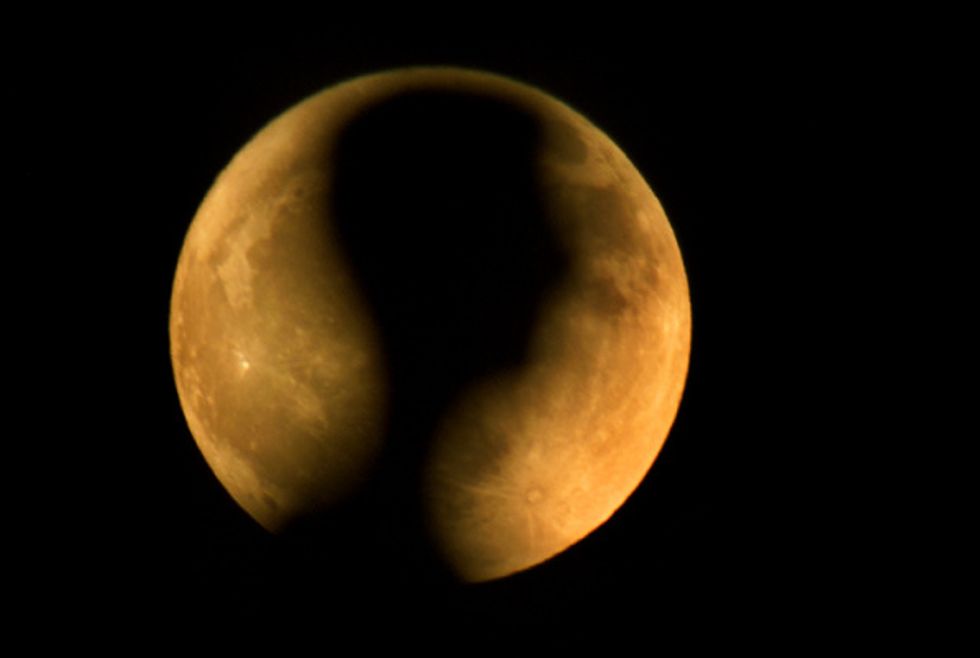
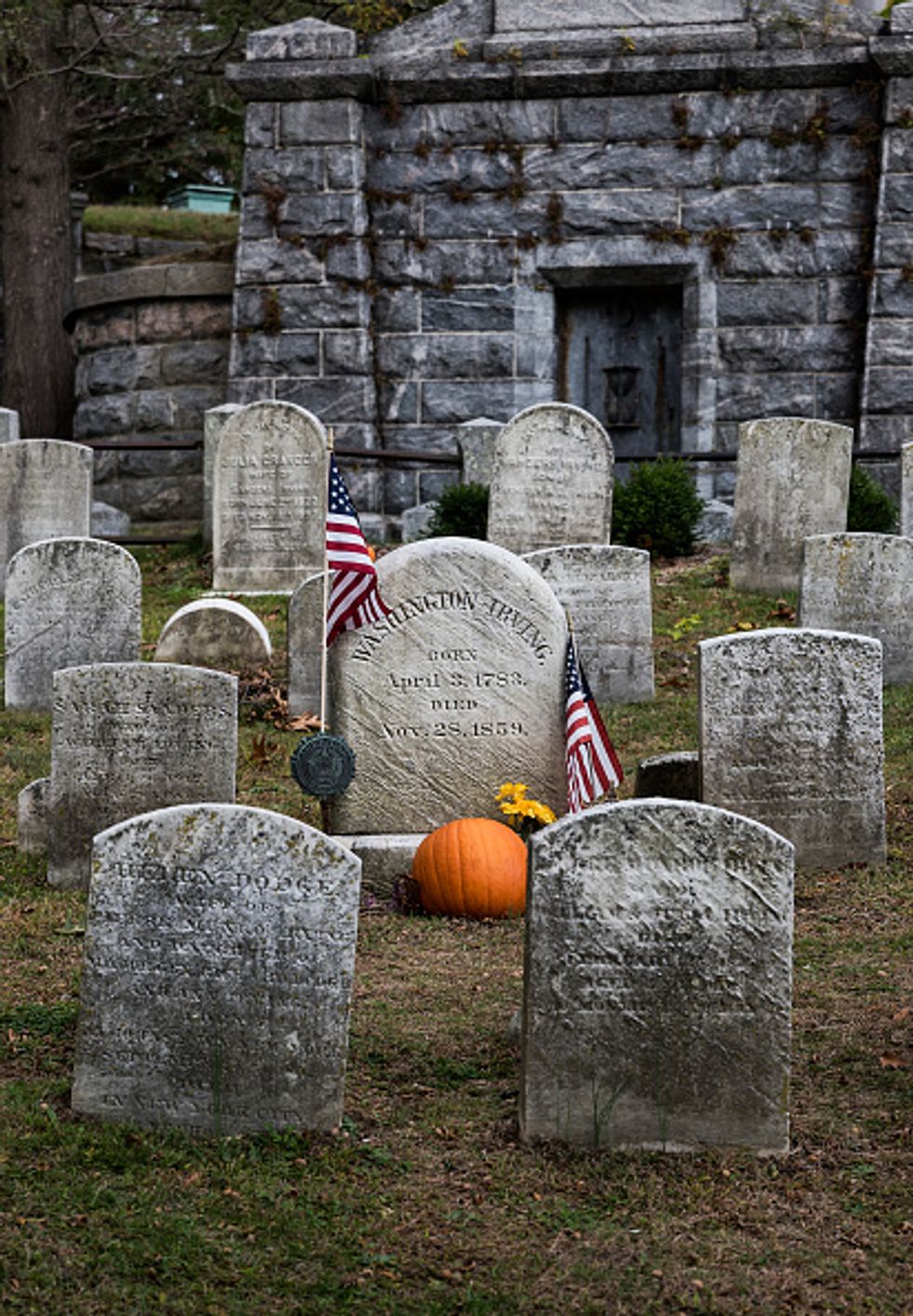
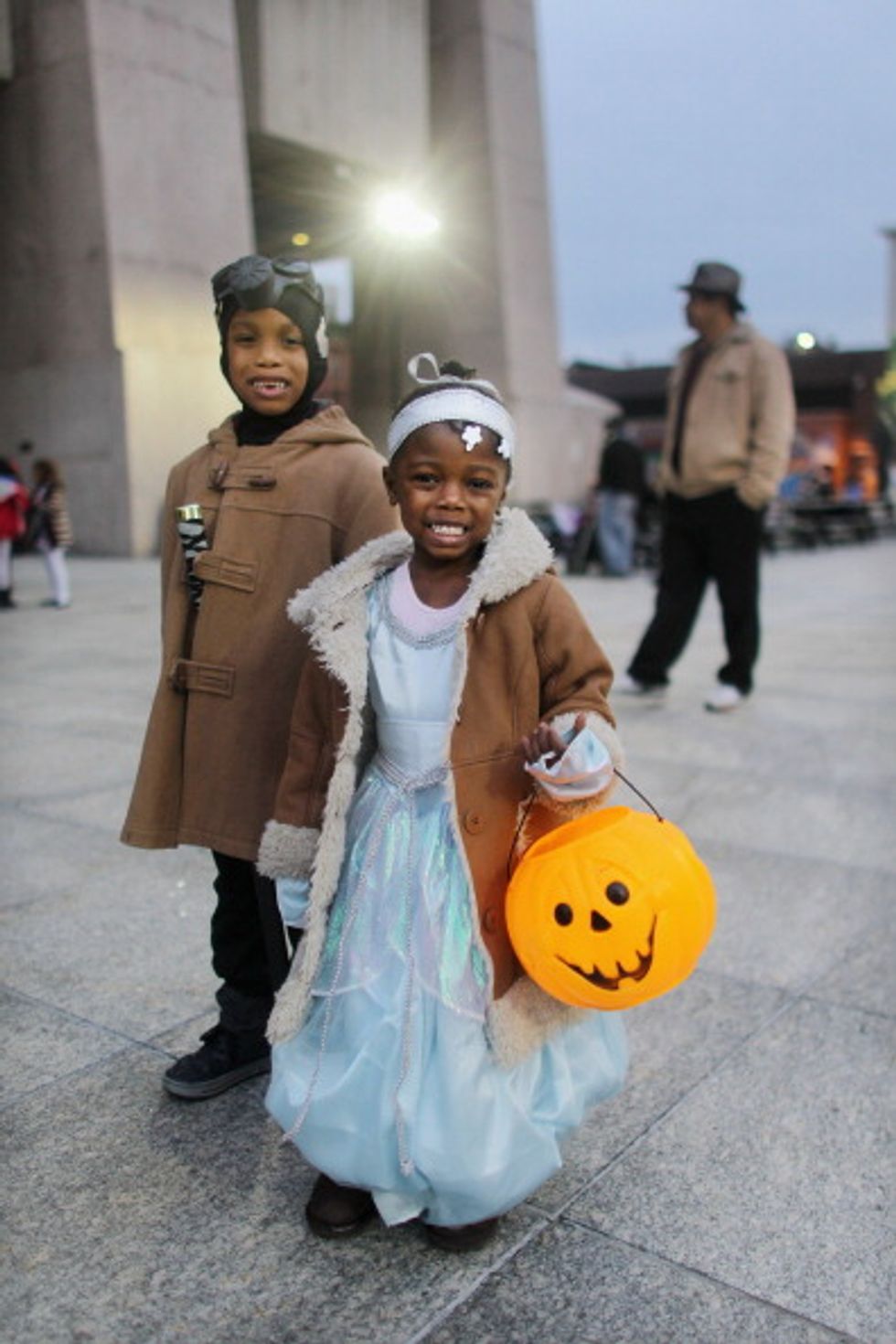





 @mikejstarks/Bluesky
@mikejstarks/Bluesky @kidringo/Bluesky
@kidringo/Bluesky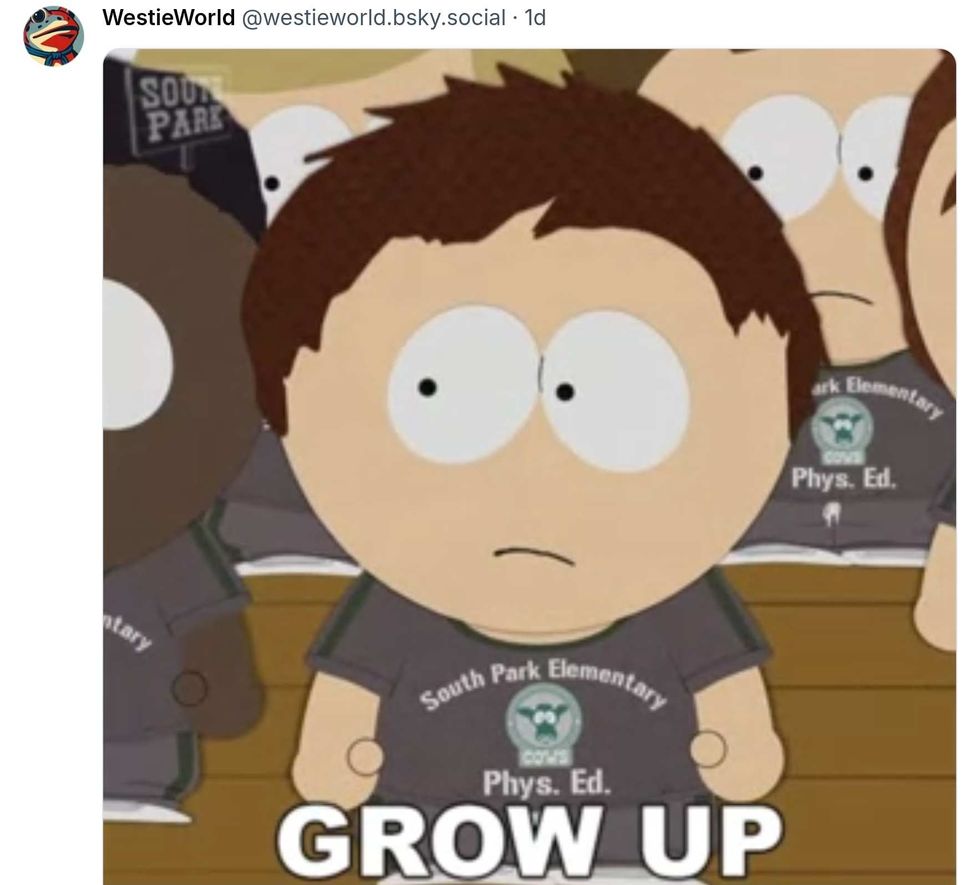 @westieworld/Bluesky
@westieworld/Bluesky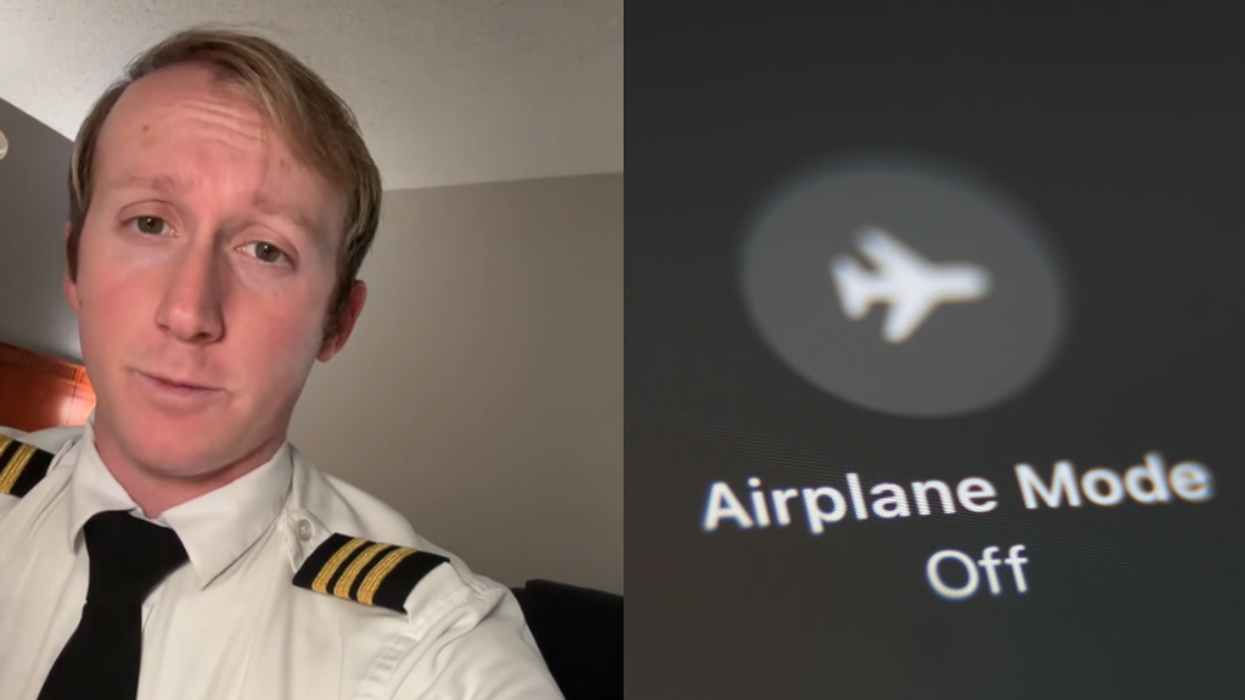





 @mztee8107/YouTube
@mztee8107/YouTube @KarenPost-n7/YouTube
@KarenPost-n7/YouTube @h17636/YouTube
@h17636/YouTube

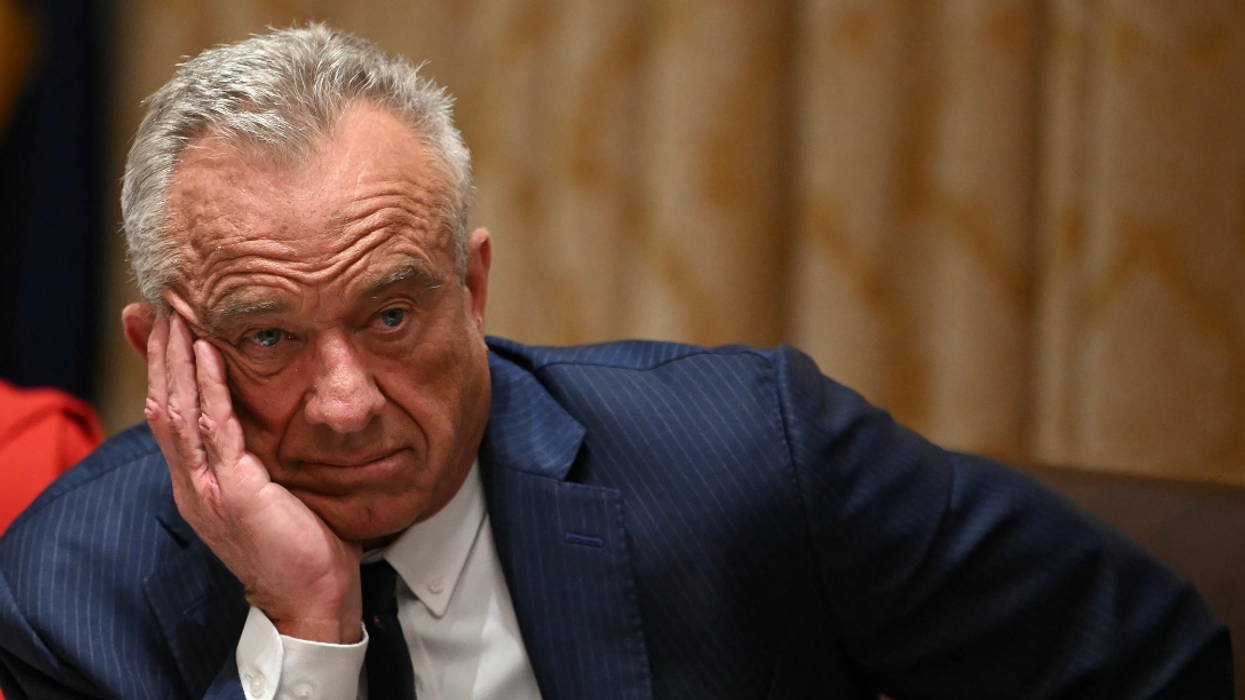

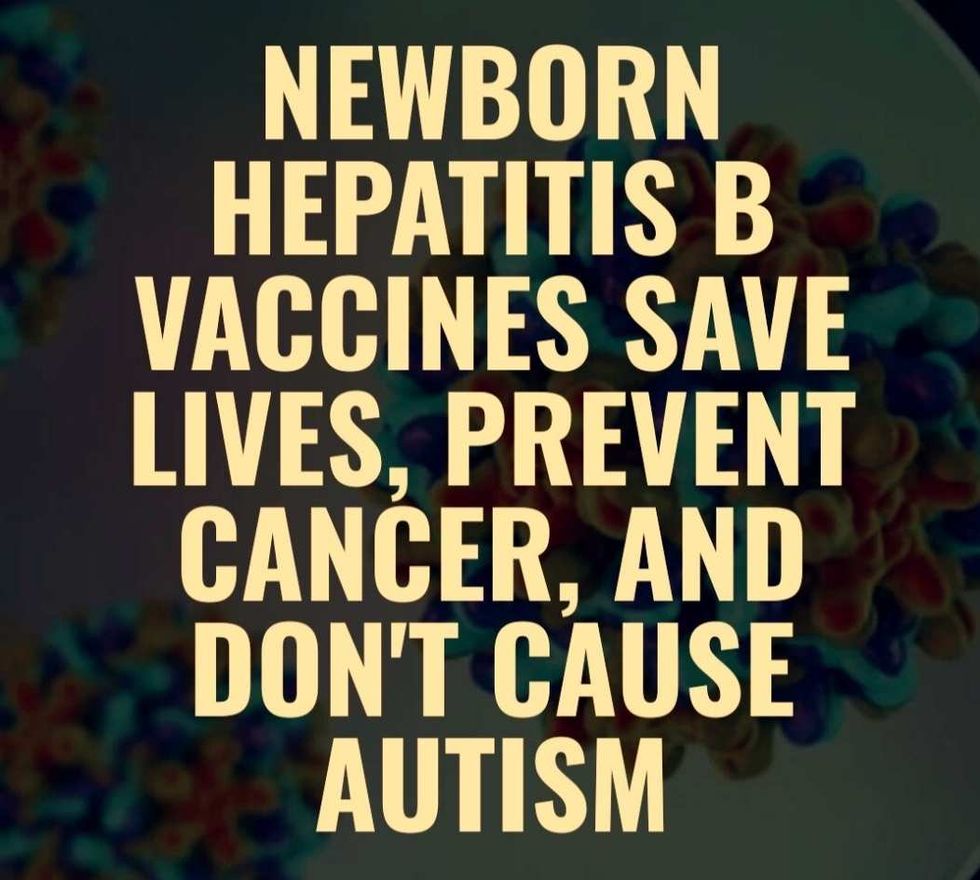 @drandrealove/Bluesky
@drandrealove/Bluesky @thebulwark/Bluesky
@thebulwark/Bluesky